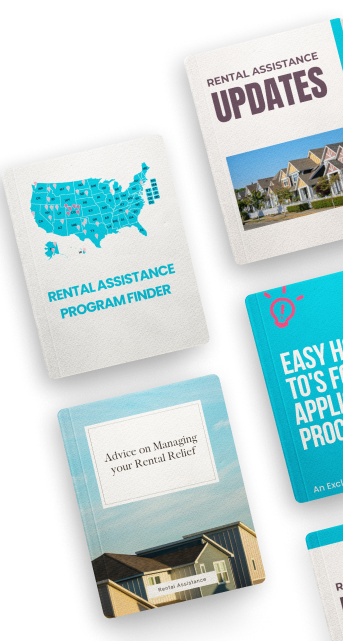The Federal Government is Boosting Energy Efficiency in Homes to Save Money and the Planet
Thanks to these updated standards, residents in new single and multifamily homes can look forward to substantial savings on energy bills, thanks to cost-effective solutions like better insulation, efficient windows, and modern heating and cooling systems. This move not only puts money back into homeowners' pockets but also cuts down on energy use, reducing our carbon footprint.
“Families shouldn't have to choose between heating or cooling their homes and other essentials,” says Marion McFadden, Principal Deputy Assistant Secretary for Community Planning and Development. The updates are a win-win, offering immediate financial relief to homeowners and making a significant dent in carbon emissions – equivalent to removing 46,000 cars from the roads annually.
These standards, a response to The Energy Independence and Security Act of 2007, strike a perfect balance, ensuring that homes remain affordable and accessible. For single-family homes financed through HUD, the transition to energy efficiency is swift and rewarding.
Homeowners could see annual savings of over $950, which translates to thousands of dollars over the lifetime of their home. The best part? These improvements are mortgage-friendly, meaning families will feel the financial benefits quickly.
Multifamily units aren't left out; they're set to save approximately $224 per apartment annually, a boon for renters seeking affordable living options.
Dr. Basil Gooden, USDA Rural Development Under Secretary, highlights the broader vision, “Housing is a crucial stepping stone to financial success, and ensuring affordable energy costs for all is key to building a brighter, more equitable future.”
The importance of this initiative cannot be overstressed, especially for low- and moderate-income families who typically spend a larger portion of their income on energy bills. By reducing these costs, families can allocate more towards their needs and aspirations.
With an estimated reduction of 6.35 million metric tons in carbon emissions over 30 years and an annual societal cost savings of $13.9 million, this initiative marks a significant step towards sustainable living. It applies to new construction across various HUD and USDA financed programs, promising a greener, more resilient future for American homeowners and renters.
HUD’s mission continues to shine through, fostering strong, sustainable, inclusive communities, and quality affordable homes for everyone. As we embrace these changes, we move closer to a future where every home is a cornerstone of efficiency, comfort, and environmental stewardship.
Stay tuned to HUD’s website and social media channels for more updates on how we’re building better homes for a better tomorrow.
-
Want to read more about housing assistance? Check out these articles:












